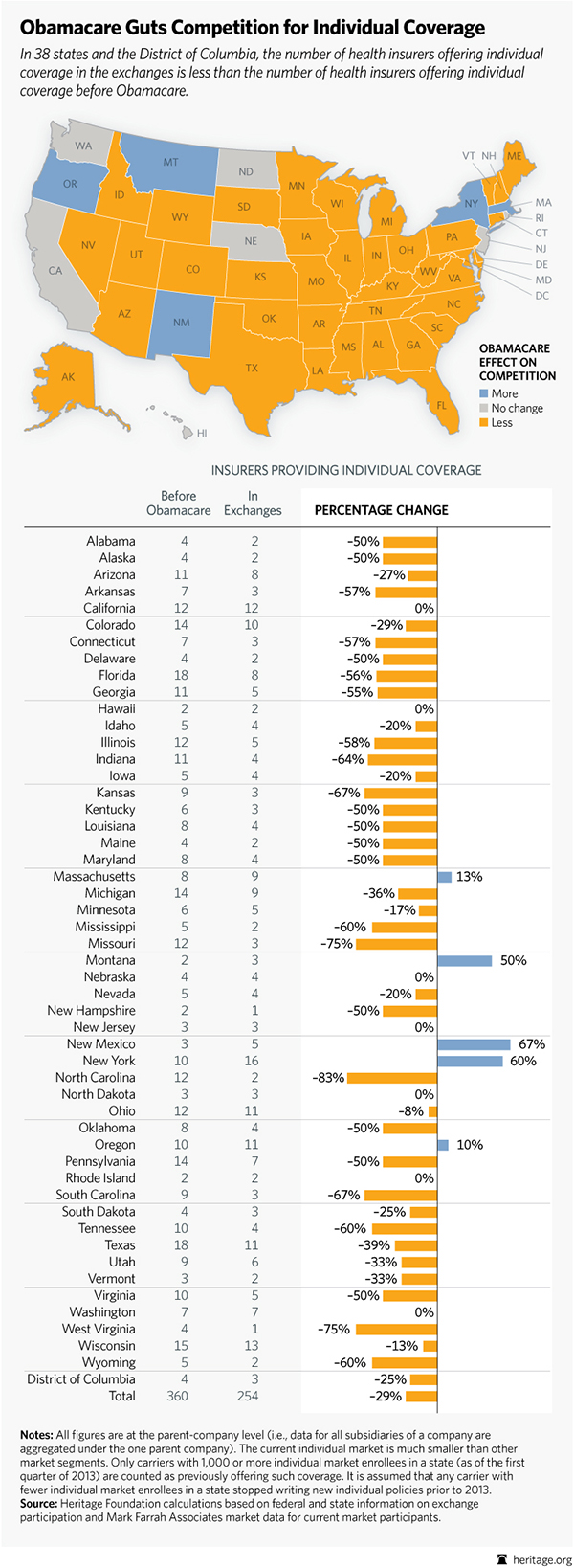 States running their own ObamaCare exchanges are lagging far behind their enrollment targets, even as scrutiny centers on the federally run HealthCare.gov.
States running their own ObamaCare exchanges are lagging far behind their enrollment targets, even as scrutiny centers on the federally run HealthCare.gov.
The Obama administration had set a Monday deadline for people to sign up if they want coverage by Jan. 1, though ended up pushing it back until Tuesday amid concerns about the federal website. HealthCare.gov continued to exhibit problems, with the site sending would-be applicants into a virtual waiting line whenever it was overloaded with visitors.
But while President Obama claims the federal site is steadily increasing its enrollment traffic, many states are struggling.
Perhaps the most notorious is Oregon. The state's insurance website failed spectacularly after the Oct. 1 launch. The state reportedly has signed up 11,000 for private plans after moving to a paper application system. But in another sign of the uncertainty, applicants began receiving robocalls warning them they should look elsewhere for coverage if they hadn't heard from the state by Monday, in order to get coverage by Jan. 1.
All states have a long way to go to reach their target enrollment figures by March 31, the date by which people are supposed to have insurance to avoid a penalty. As of Nov. 30, most state-run exchanges had reached less than 10 percent of that target.
In Massachusetts, the exchange had signed up only 1,138 people. That's a fraction of a percent of the target of 250,000 by the end of March.





